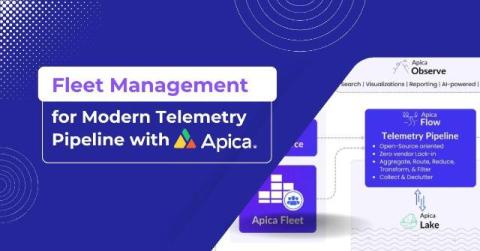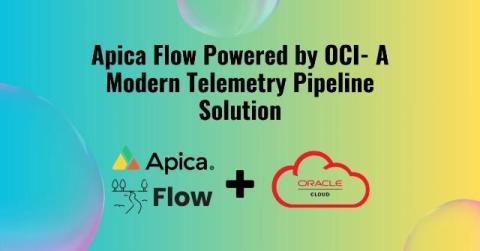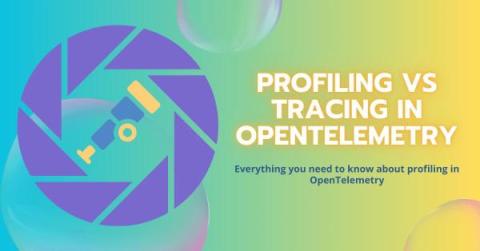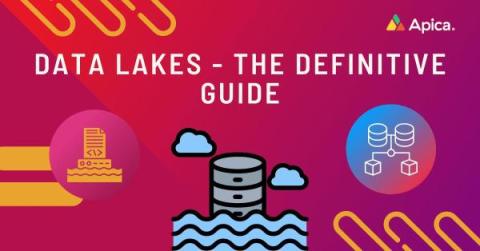What is Fleet Management in Telemetry?
Fleet management is a derivative term. Originally used in the automotive industry, it’s now used in a span of domains. It’s being used in data telemetry since the introduction of OpAmp, which is a part of the Open Telemetry project. Now, fleet management has broader implications. It simplifies telemetry data collection by automating agent deployment, and configuration, and providing insights into the real-time health and performance of your sprawling agent infrastructure.











